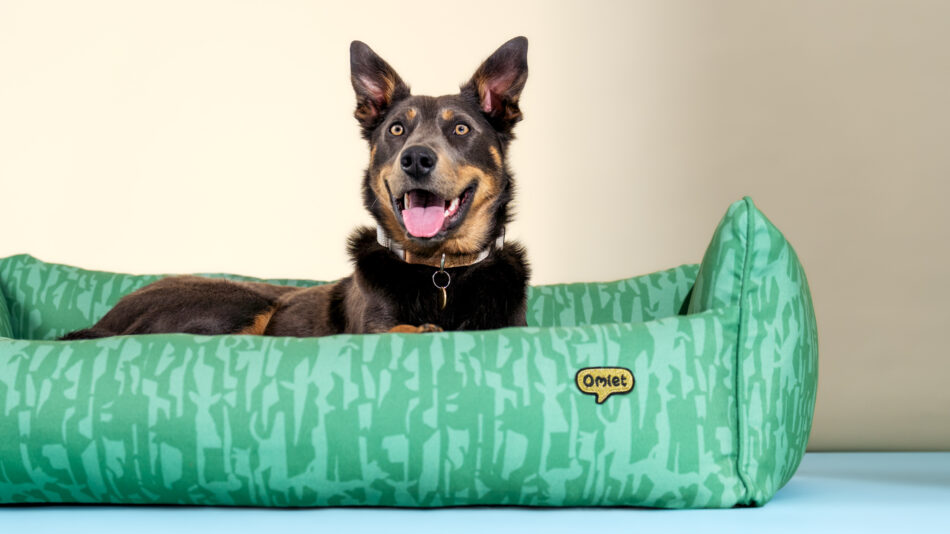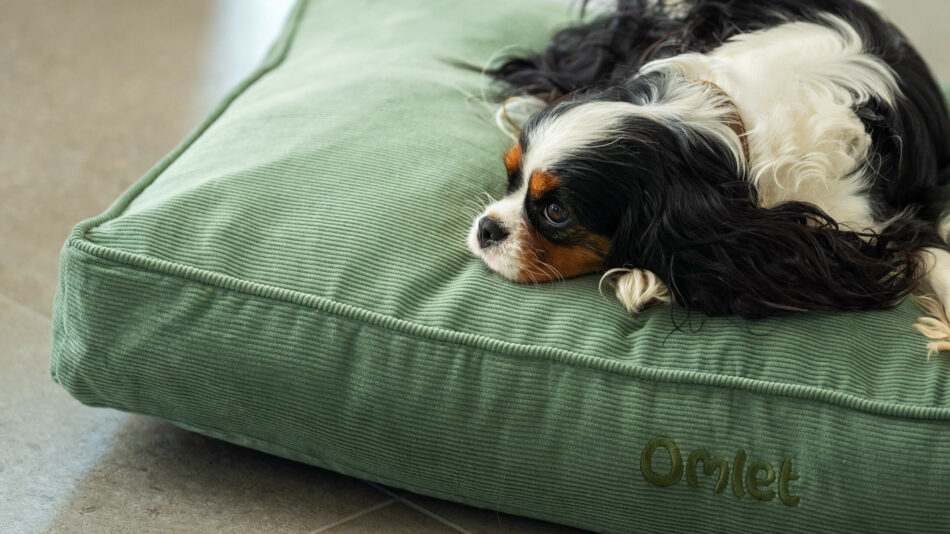10 commonly asked questions about dogs
As dog lovers, we often find ourselves marvelling at the quirky, lovable behaviours of our furry friends. From their enthusiastic tail wags to their mysterious grass-eating habits, dogs never fail to keep us guessing. Whether you’re a seasoned pet parent or a new dog owner, you’ve probably wondered about some of the peculiar things dogs do. In this blog, we’ll dive into ten commonly asked questions about dogs, shedding light on why they do what they do and helping you better understand your four-legged companion.
Table of Contents
Why do dogs love to fetch?
Dogs’ love for fetching can be traced back to their ancestry. Many dog breeds were originally bred for hunting and retrieving game. Fetching a ball or a stick mimics this natural hunting behaviour, giving dogs a sense of purpose and fulfilment. Additionally, fetch provides physical exercise and mental stimulation, both of which are essential for a dog’s well-being. The excitement of the chase, the thrill of catching the object, and the joy of returning it to their owner create a rewarding cycle that most dogs find irresistible.
Why do dogs pant?
Panting is a crucial way for dogs to regulate their body temperature. Unlike humans, dogs do not sweat through their skin. Instead, they have sweat glands in their paw pads and rely heavily on panting to cool down. When a dog pants, it evaporates moisture from its tongue, nasal passages, and the lining of its lungs, helping to dissipate heat. Panting can also indicate stress, pain, or excitement, so it’s important to observe the context in which your dog is panting to understand what they might be feeling.
Why do dogs wag their tails?
A wagging tail is often seen as a sign of a happy dog, but a flap of fur can convey a range of emotions. Dogs use their tails as a communication tool. The speed, height, and direction of the wag can indicate different feelings. A broad, sweeping wag usually means happiness and friendliness, while a slow, stiff wag might signal caution or insecurity. Understanding the nuances of tail wagging helps us better interpret our dogs’ emotions and respond appropriately to their needs.
Why do dogs love walks?
Walks are a highlight of most dogs’ days for several reasons. Firstly, walks provide physical exercise, which is vital for maintaining a healthy weight and overall fitness. Secondly, walks offer mental stimulation as dogs encounter new sights, sounds, and smells. This sensory input is incredibly enriching for dogs, helping to keep their minds sharp. Walks also serve as a bonding activity, strengthening the relationship between dogs and their owners. The routine and predictability of daily walks can provide comfort and a sense of security for dogs. So, grab your dog’s favourite collar and lead and make walking the best part of your day together.
Why do dogs have wet noses?
A dog’s wet nose is more than just a sweet spot to give them a kiss. A wet dog nose enhances their sense of smell. The moisture helps to absorb scent chemicals, making it easier for them to detect and analyze different smells. And did you know a wet dog nose can aid in regulating a dog’s body temperature? The mucus glands inside the nose produce a watery fluid that, through evaporation, helps cool them down. While a dry nose isn’t always a cause for concern, a consistently dry nose can sometimes indicate dehydration or other health issues, so it’s good to monitor any changes in your dog’s nose moisture.
Why do dogs scoot their bottoms on the ground?
Scooting is often a sign that a dog is experiencing discomfort or irritation around their anal area. This behaviour can be caused by a variety of issues, including anal gland problems, parasites, allergies, or even infections. If you notice your dog scooting frequently, it’s important to have them checked by a veterinarian to determine the underlying cause and receive appropriate treatment. Regular grooming and a healthy diet can also help prevent some of the common causes of scooting.
Why do dogs lick?
Licking is a natural behaviour for dogs and can serve multiple purposes. It can be a way for dogs to show affection, as licking releases pleasurable endorphins that make them feel good. Dogs also lick to communicate, groom themselves, and explore their environment. Sometimes, excessive licking can indicate anxiety, boredom, or a health issue, so it’s important to observe the context and frequency of your dog’s licking to determine if there might be an underlying problem.
Why do dogs howl?
Howling is an ancient form of communication that dogs inherited from their wolf ancestors. Dogs howl to alert their pack to their location, ward off intruders, or express anxiety and loneliness. In modern times, dogs might howl in response to certain sounds, like sirens or music, or to get attention from their owners. Understanding the reason behind your dog’s howling can help you address any potential issues, such as separation anxiety or boredom, that might be causing this behaviour.
Why do dogs stare?
When your dog stares at you, it’s usually a sign of affection and trust. Dogs use eye contact as a way to communicate with their owners, seeking attention, guidance, or even just to bond. Staring can also be a sign that your dog is trying to understand your emotions and intentions. Dogs are highly attuned to their owners’ body language and facial expressions, and maintaining eye contact can help them feel more connected and secure.
Why do dogs eat grass?
There are several theories about why dogs eat grass. Some suggest that it helps with digestion, while others believe dogs eat grass to induce vomiting when they feel unwell. Eating grass might also be a way for dogs to get additional nutrients or fiber in their diet. Generally speaking, occasional grass eating is considered normal behavior. However, if your dog is eating large amounts of grass or showing signs of gastrointestinal distress, it’s best to consult with your veterinarian.
Omlet and your dog
Understanding our dogs’ behaviours and needs is key to ensuring they lead happy, healthy lives. At Omlet, we are dedicated to making life with your dog as enjoyable and fulfilling as possible. Our ingenious products such as our easy-to-clean dog beds and luxury dog crates are designed to cater to every aspect of your dog’s life, from their physical health to their emotional well-being. By addressing common questions and providing innovative solutions, Omlet helps you spend more quality time with your furry friend. Discover how Omlet can enhance your bond with your dog and make every moment together even more special.
This entry was posted in Dogs


